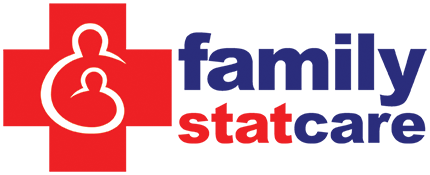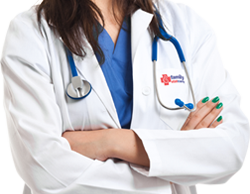Suture and Staple Removal
Why do we need sutures and staples?
The tissues like skin, muscles fat and such might incur accidental injuries like in a cut or an accident or intentional injuries as in a surgery. Such wounds need to be closed to promote healing. The method used for wound closure depends on the type and depth of the injury, the location and the tissue involved. Sutures and staples are the two most commonly used methods.
Sutures
Sutures or stitches are the most common methods of wound closure. There are many materials and technique used depending on the tissue and the injury. The two main parts in the suturing materials are the thread and the needle.
There are absorbable and non-absorbable suture threads. The non absorbable variety may last in the body for months and years. They are usually used on the skin to be removed when the wound has healed enough. Absorbable threads are absorbed into the tissue eventually after it looses its strength. It is mostly used to stitch subcutaneous tissue.
Staples
The staples are quicker to place and has lower chances of infection and tissue reaction. It generally costs more than the sutures. The locations that favor stapling are arms, legs, abdomen, scalp and the back. Wounds on hands, feet, neck and face are not usually closed using staples. The Staples are made out of stainless steel.
What to expect at the removal of staples and stitches.
• When the wound has healed enough, the stitches or the staples need to be removed. Leaving them in place longer would create an unnecessary scar.
• After you get to the hospital or a clinic, tour doctor will take a look at your medical history and conduct an examination of your stitches or staples.
• In the absence of any infection and proper healing of the wound, your doctor will gently and carefully remove them.
• Your doctor will then tell you how to take care of your wound and may provide you with a summary of the procedure and educational literature.
• You may have to visit your doctor again if asked for review.
What you can expect when you visit our clinics
1. Stop by our front desk to visit a certified Nurse Practitioner or Physician Assistant. No appointment is required.
2. Your medical practitioner will examine your medical background, go over your medical issues, perform an examination and supply you with an individualized plan for treatment. This might consist of non-prescription items or a medical prescription.
3. Towards the end of your visit to our clinic, your medical attendant will give you an overview, an invoice and some instructional material may be given.
4. The overview of your clinic visit can be forwarded to your primary health care provider with your authorization.

